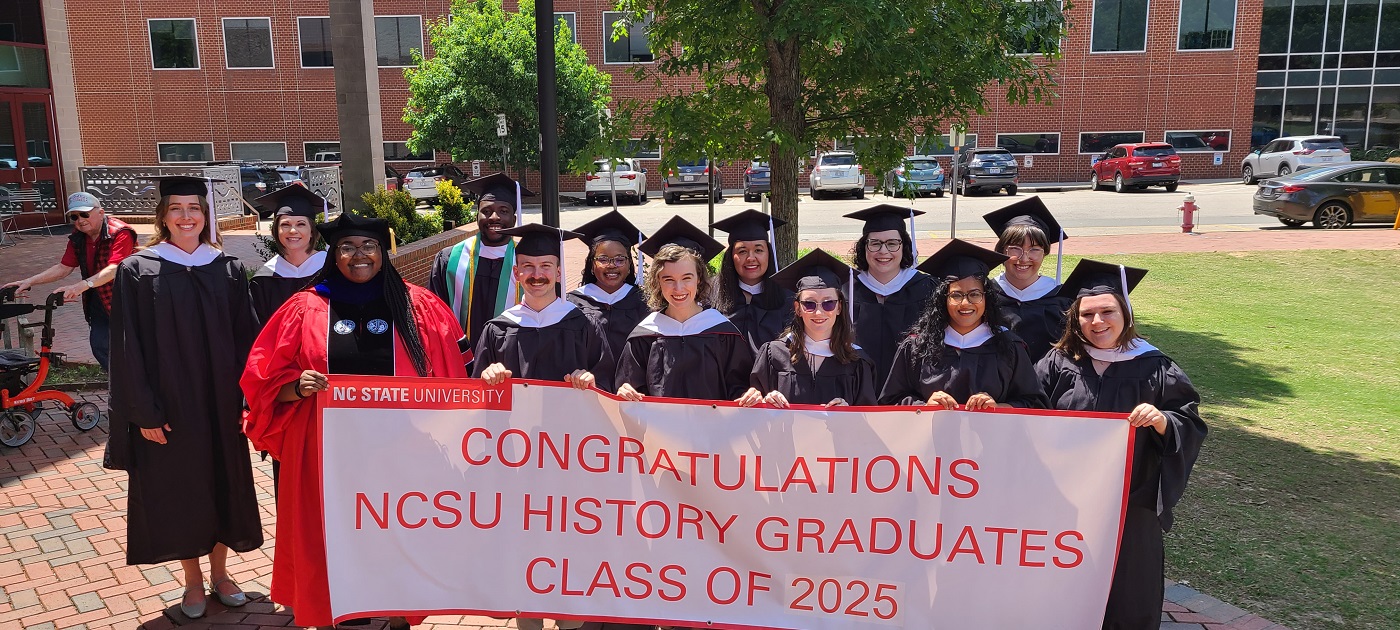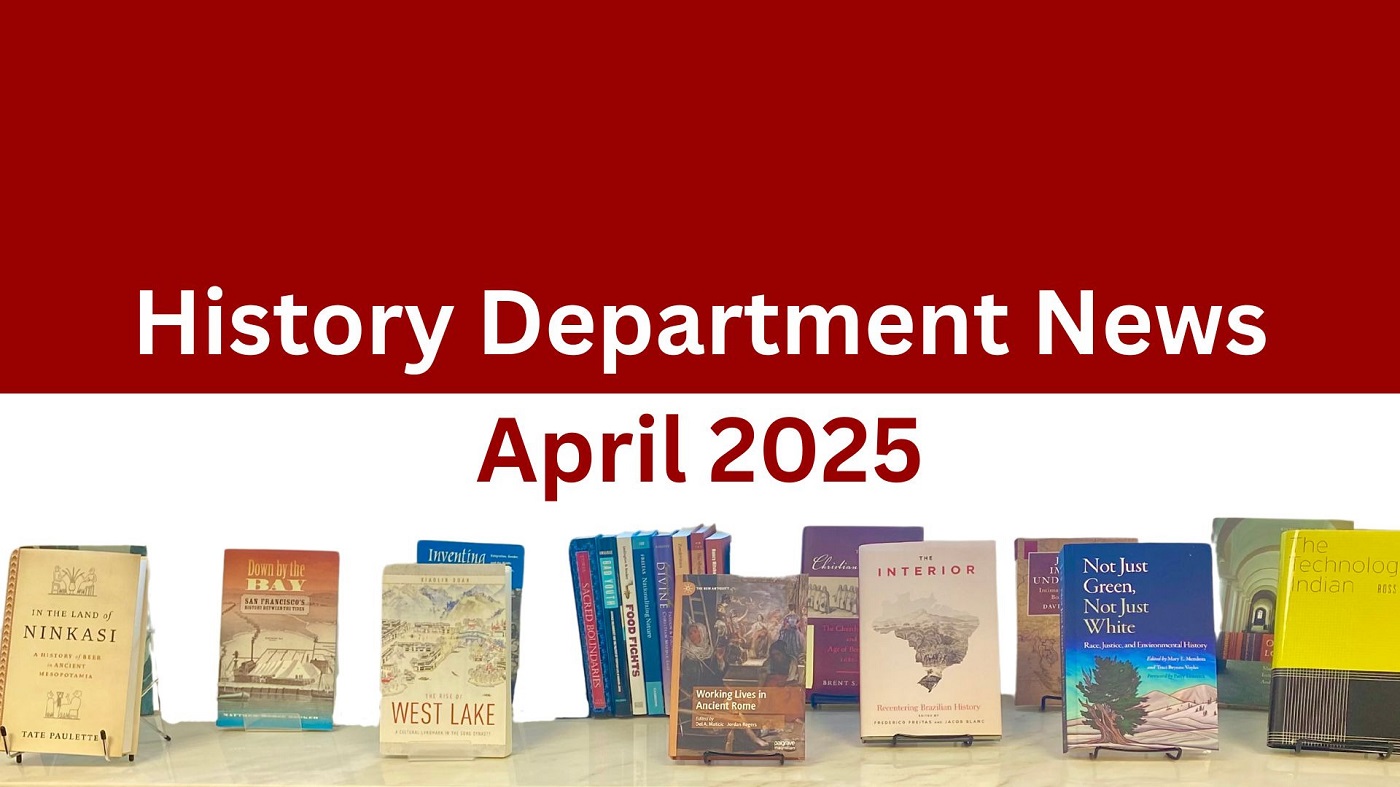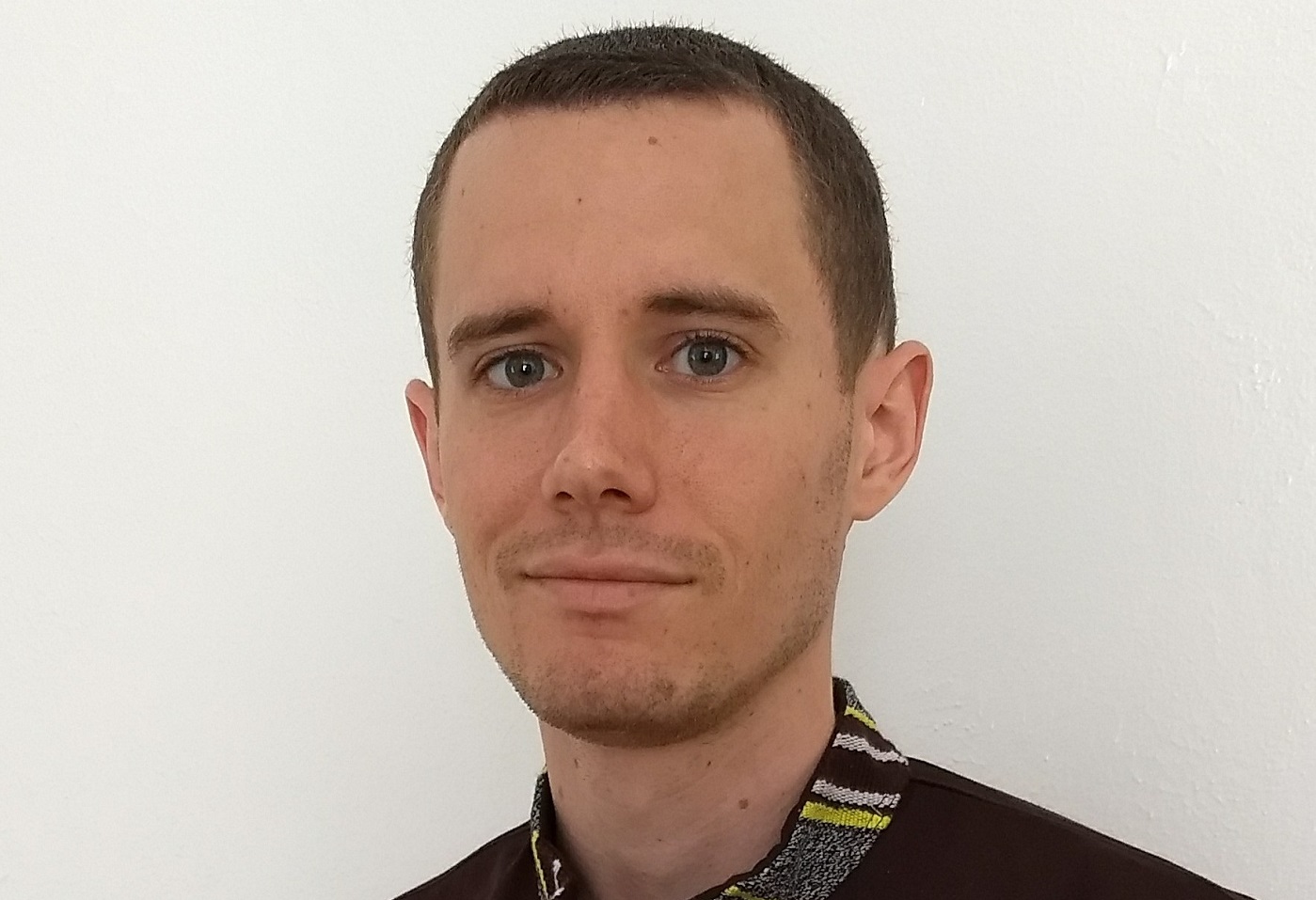Graduate Student Research in South Africa
Graduate students, especially in M.A. programs, do not always have the time or money to travel for research. I am one of the lucky ones. In 2013, I was a second year M.A. student in history researching US-South African relations during the Carter administration. I had been to the Jimmy Carter Presidential Library in Atlanta, Georgia, but I knew that my thesis on bilateral relations required the South African side of the story. I needed to go to South Africa. After receiving a generous travel award through the History Department, I began planning my trip. I chose to stay at a hotel across the street from the Department of Foreign Affairs (DFA) archive in the Union Buildings. The Union Buildings rival the most beautiful executive government building in the world. I landed in South Africa on a Friday night. The archive was not open over the weekend, but I decided to scope out the Union Buildings on Saturday to make sure I knew where to go the following Monday.

When I got inside, however, a gentleman told me that the archive was no longer there! I found out that the Department of Foreign Affairs (now called the Department of International Relations and Cooperation) had moved several years prior to my trip, along with the archive—even though the website still listed the department’s home as the Union Buildings. Instead of being across the street, I was two miles away from the archive, which had moved to the OR Tambo building on Soutpansburg Road. I spent the week deep in the DFA archive—literally. The archive was in a small area underneath the center of the OR Tambo building in the parking garage. Throughout the week, I took pictures of nearly 3000 pages of documents. They helped me better understand the South African government’s reception and perceptions of the Carter administration. While my original thesis project included three chapters, I added a fourth because the South African documents convinced me that an additional narrative—Pretoria’s strategy to counter the American government’s policy—was essential to my thesis. It is my favorite chapter and was the most fun to write.
I spent two weekends in South Africa, which meant I had a lot of time on my hands since the archives were closed. I think I made pretty good use of that time, however. Pretoria has some amazing things to offer. Just walking around downtown was interesting. In 2007, Pretoria, part of the larger Gauteng area, launched a new initiative of changing building and street names. Street names named for many National Party leaders—the party of apartheid—were replaced with names of stalwarts of the South African liberation struggle. Replacing symbols of the apartheid past first began in 1994 after the first democratic elections and continues today. Recently, some South Africans have demanded the removal of monuments that commemorate National Party leaders as well. How do people deal with the legacies of colonialism and racism on personal, social and civil levels? What are the costs of erasing the symbols of the past, even one that many want to remember differently? What are the benefits of celebrating new historic figures in the South African public? Witnessing the intersections of history and memory in the new streets of downtown Pretoria was an unforgettable experience.

I also visited several museum and historic sites in Pretoria, including the National Museum of Cultural History and the Voortrekker Monument.



And what trip to Pretoria would be complete without visiting the National Zoo and Aquarium!

On another day, I left Pretoria to visit Soweto and Johannesburg. I took a tour of Orlando West, walking the same streets as the 10,000 students during the Soweto uprising of 1976 and visiting the Nelson Mandela House and Hector Pieterson Museum (Soweto uprising commemoration museum). In Johannesburg, I visited the Apartheid Museum and viewed the city from the tallest building in Africa.



On my last day out of the archives, I went to the Pilanesberg National Park, a reserve two hours north of Pretoria. With an amazing tour guide, I got to hear about the different landscapes and ecosystems of the area, as well as the attempts by the South African government to preserve some increasingly rare species of animals, such as the white and black rhinos. The tour really got to the environmental historian in me.




Overall, I had an amazing trip to South Africa that included doing archival research, engaging with a few major historic sites and museums, and enjoying the company of wonderful people and eating the most delicious food. This trip not only helped me improve my thesis; it also allowed me to be immersed in the culture and history of an amazing country with a complicated past. I am grateful to the history department at NC State for funding my travel. In particular, I would like to thank the late Dr. Jonathan Ocko, who had been head of the department for 13 years before his untimely passing in January 2015. His tireless efforts to make funds available to graduate students made my trip possible. I would also like to thank Dr. Susanna Lee for working just as hard to facilitate graduate student travel as the Director of Graduate Programs and LaTonya Tucker in the department’s main office for helping me with the logistics of research travel.

- Categories:


